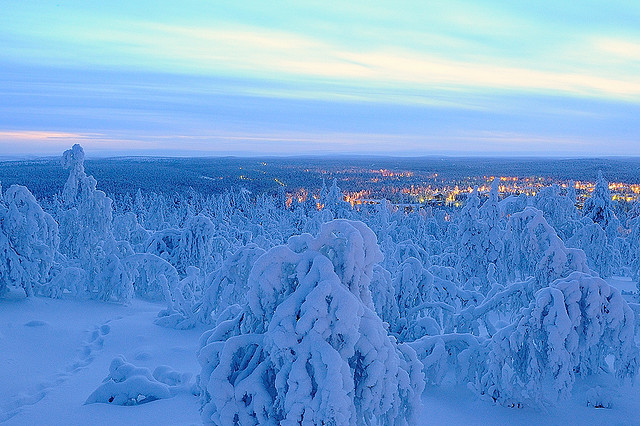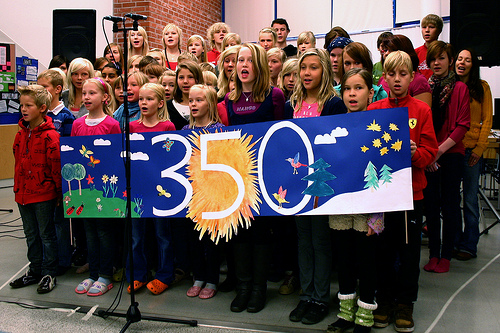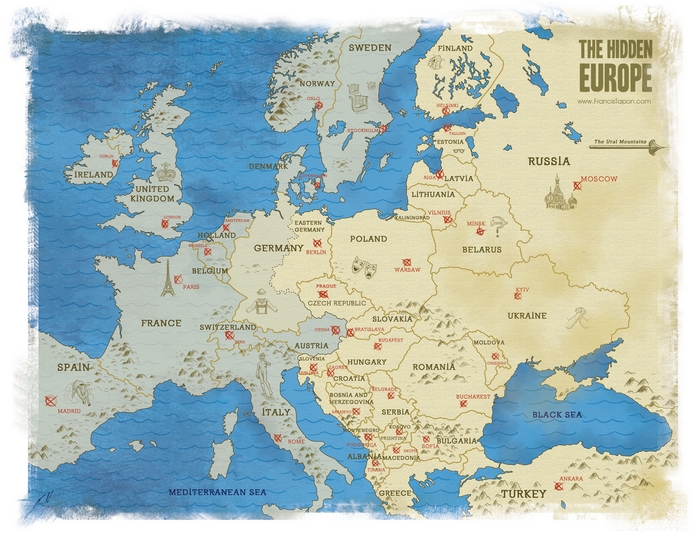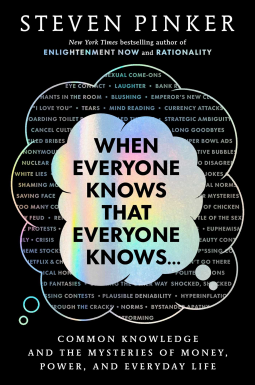Eastern Europe
Exploring the Hidden Europe in 2004 and 2008-2011
In 2004, I visited all 25 countries in Eastern Europe. You'll find the blog entries from that trip here. In 2008-2011, I returned to see what had changed since that time. With these two visits, five years apart, I accumulated enough material for my 750-page book, The Hidden Europe: What Eastern Europeans Can Teach Us.
This blog now has many excerpts from The Hidden Europe. But who the hell reads anymore? Just look at the best photos from Eastern Europe!
This map reflects how I define Eastern Europe. Eastern Europeans love to deny that they're in Eastern Europe. I tackle how and why I define Eastern Europe the way I do in the Introduction of The Hidden Europe.
The Hidden Europe book excerpt from the opening of the Finland chapter
 Finland is nearly a perfect society. Everything works. Cities are clean. There is no crime. People are nice. It’s just that the winters suck.
Finland is nearly a perfect society. Everything works. Cities are clean. There is no crime. People are nice. It’s just that the winters suck.
Finland is big and empty. It is 80 percent of the size of California, yet has 14 percent of the population. Most of the five million Finns live in the south, around Helsinki, to enjoy the country’s best weather, which is horrible most of the year. According to a worldwide 2010 Gallup poll, only five percent of Finns thought global warming was a threat to them—that was the lowest rate on Earth.
Few Americans know exactly where Finland is. The answer is simple: it’s where Santa Claus lives. Really. Rovaniemi is a quaint town on the edge of Lapland, the northernmost region in Finland, and is Santa’s global headquarters. However, St. Nick was officially born in Korvatunturi (meaning “Ear Mountain”), which is even farther north. Santa Claus thought that Korvatunturi was a bit too chilly, so he set up shop a bit south of there in Rovaniemi. That’s like moving from Houston to Dallas to escape the heat.
Although most of the world agrees that Finland is where Santa Claus lives, not everyone believes that Finland is part of Scandinavia. Looking at a map, it seems like Finland is in Scandinavia, along with Sweden and Norway. However, Finns told me that Scandinavia has little to do with geography and more to do with the historical, cultural, and linguistic heritage that Sweden, Norway, Denmark, and Iceland share. They said that if you must slap a label on Norway, Sweden, and Finland, then call them Nordic countries. Telling a Finn that he’s from Scandinavia won’t insult him, but telling him that he’s from Eastern Europe will.
Still, maps don’t lie—Finland is directly north of the Baltic states. Given that the Baltic states are solidly in Eastern Europe, that means Finland is in Eastern Europe. Of course, like all Eastern European countries, Finland will vehemently deny that they are in Eastern Europe. Finns will cry that they are in Northern Europe, and that Eastern Europe is a “political concept” that only includes countries that used to be in the Warsaw Pact. Despite their denials, I figured that two weeks in Finland would be a nice warm up for the “real” Eastern Europe. It’s ironic that my “warm up” almost froze me to death.
Read more by reading the preview of The Hidden Europe: What Eastern Europeans Can Teach Us.
In 2006, I returned to Estonia by plane. I sat next to a fat, friendly Finnish lawyer and asked, “What do you think of the Estonians?”
“They’re nice. We get along with them,” she replied.
“I suppose it helps that their language is so similar to yours,” I said.
“But it’s not. Finnish is a completely separate and unique language.”
“Wait, I know Finnish is unrelated to Swedish and Russian. However, I’m pretty sure that it is quite similar to Estonian. Why else would so many Estonians understand Finnish?”
“You’re right, they do understand Finnish, but that’s mainly because the northern parts of Estonia get Finnish TV. So when you hear a language all the time, you learn it.”
She was right about Estonians having access to Finnish TV. During the Soviet time, Estonians picked up Finnish TV signals. It was Estonia’s conduit to the free world—a way to bypass Soviet propaganda. It was as if one rivet had popped out of the Iron Curtain, allowing the Estonians to peek through.

UPDATED IN 2018
The Organization for Economic Cooperation and Development (OECD) tested 400,000 15-year-olds in 57 countries on science, math, and reading. Finnish teenagers placed number one in science and ranked number one overall. As a result, school administrators from all over the world have been descending on Finland to learn their secrets. For example, during one six-month period, one Finnish school had 300 foreign journalists visiting it. What they learned shocked some observers. Consider that the typical Finnish high-school student:
-
Gets only 30 minutes of homework on an average night.
-
Doesn’t have a school uniform.
-
Has no honor roll or valedictorian status to strive for.
-
Has no tardy bell to hear.
-
Didn’t start school until the age of seven.
-
Doesn’t stress that much about going to college.
Instead of sending their gifted students to special classes, teachers encourage the brightest to help their fellow classmates along.
Nerds effectively become the teacher’s assistant. The smart ones aren’t as polite as the teachers. For example, when someone asks a stupid question, Finnish kids usually bark out, “KVG!” (which stands for kato vittu Googlesta or “check it out on fucking Google!”).
I can’t help but wonder what it says about the future of the human race when the smartest kids on the planet are swearing at each other like that.
- 10 facts about Estonia that you may not know
- Best photos
- Ahvenanmaa, but please call it Aland
- Tallinn, Estonia Tour - Bronze Soldier and Old Town
- The World's Most Dangerous and Extreme Backpacking
- Slovenia and Crveni Vrh, Croatia
- Western Russia
- Excitement in Estonia
- Anal Austrians
- Miseries in Minsk
- Bomb Damage in Bosnia-Hercegovina
- Braving Bulgaria
- Cavorting Croatia
- Cruising the Czech Republic
- Fun in Finland
- Hooking up with a Hawaiian in Hungary
- Camping in Kosovo
- Lost in Latvia
- Loving Lithuania
- Mixed up in Macedonia
Your comment will be deleted if:
- It doesn't add value. (So don't just say, "Nice post!")
- You use a fake name, like "Cheap Hotels."
- You embed a self-serving link in your comment.




